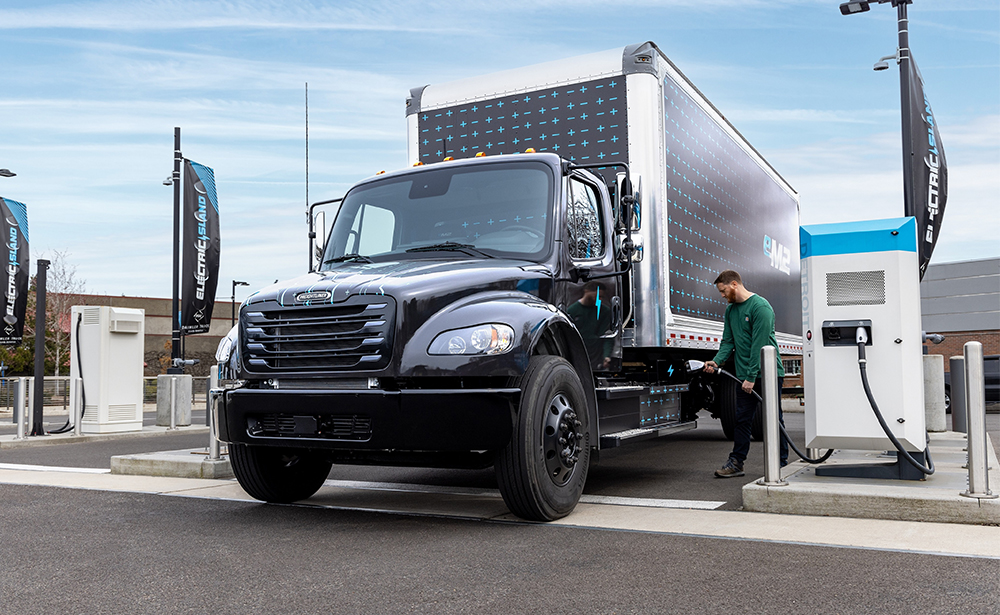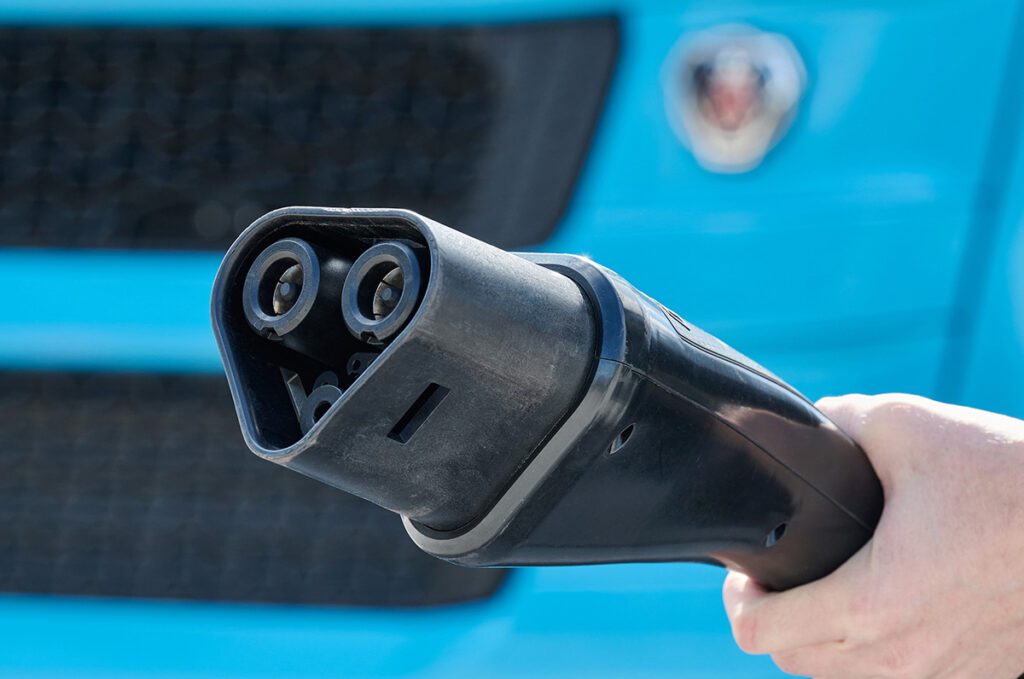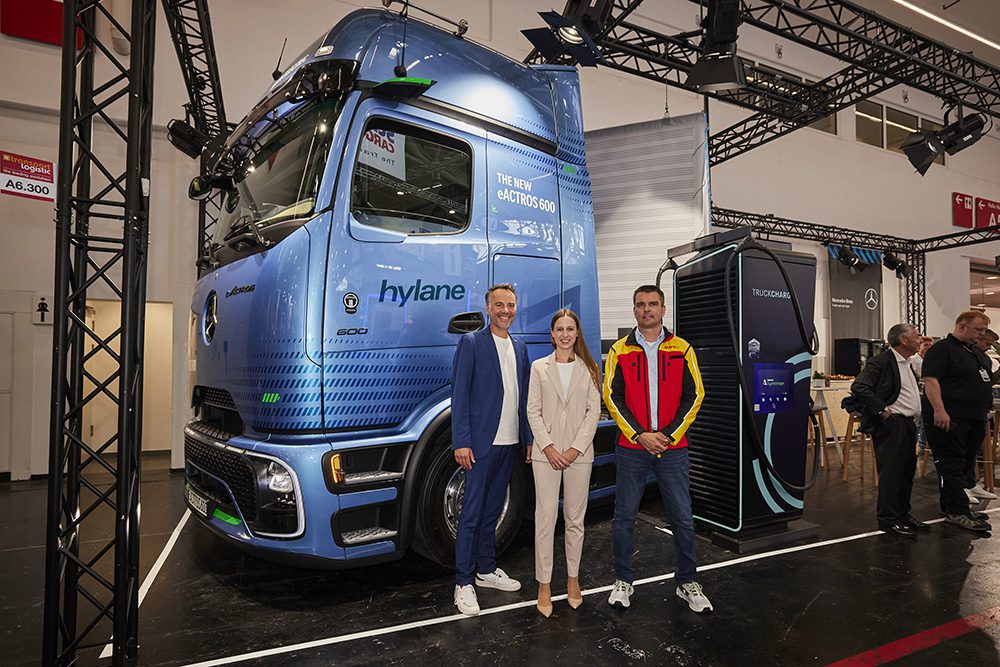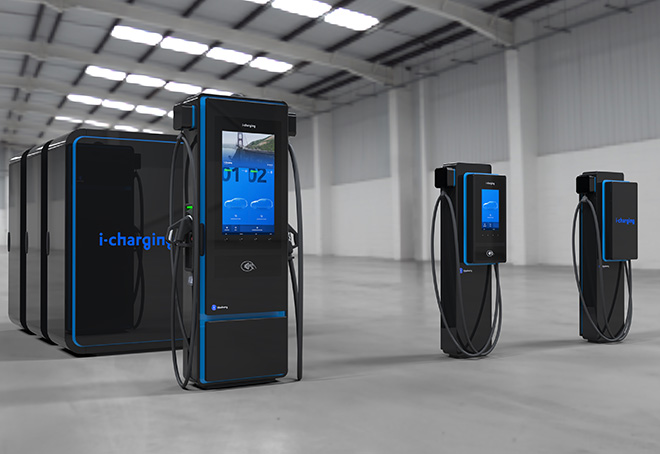Electrifying heavy-duty trucks is essential if we’re to fight climate change and air pollution, but the pace of the transition has been painfully slow—many, many pilots, but few truly large-scale orders. For example, shipping giant Schneider acquired 92 Freightliner eCascadias in 2023—a good start, but only that, considering that the company currently operates over 10,000 tractors.
As Alan Adler writes in a recent FreightWaves article, 2023 was not the long-awaited Year of the Electric Truck. Heavy-duty EVs saw little growth in sales volume in the US for several reasons: the deployment of charging infrastructure is lagging; recalls delayed the market launches of several truck models; and the market lost two battery makers (Romeo Power was liquidated and its assets sold to Mullen Automotive; Proterra entered Chapter 11 bankruptcy reorganization, and its battery business was sold to Volvo Group).
However, the picture for 2024 looks brighter. Several next-generation battery-electric trucks, with increased driving range, are coming to the US this year, following their European debuts. Massive new charging hubs are opening, or expected to open this year. And more states are adopting California’s technology-forcing regulations (despite opposition from trucking trade groups).
Promising new heavy-duty EVs include the eActros 600 from Mercedes-Benz Trucks, which is expected to offer 310 miles of range; the second-gen Freightliner eCascadia, now with up to 230 miles of range; and Volvo’s new VNR Electric, which sports up to six battery packs and touts a range of 275 miles.
The Tesla Semi has finally gone into production, and is hauling chips in California. It boasts a range of up to 500 miles, and can charge at 750 kWh—nearly three times the rate of other electric trucks.
California offers an array of incentive programs to help fleets defray the higher upfront costs of electric trucks. Funds are also available through the EPA and the Volkswagen Environmental Trust. Eligibility requirements are complex, and regulators periodically tweak them to make them more efficient. Navigating the alphabet soup can be challenging for smaller players, but Calstart, which administers the HVIP incentive program, will direct more funds to smaller fleets and double the discounts available.
If the new Advanced Clean Fleets rule (currently in limbo thanks to opposition from trucking trade groups) takes effect, most fleets of 50 or more trucks will no longer qualify for HVIP incentives, so large fleets might end up contracting some of their routes to independent operators that are driving electric.
Ten states have now adopted California’s Advanced Clean Trucks rule, which will require manufacturers to produce increasing numbers of zero-emission trucks over the next two decades.
Truckers, truck manufacturers, fuel retailers, real estate developers and EV infrastructure startups are all building heavy-duty EV charging hubs at strategic locations.
Schneider will soon open a 4.8-megawatt facility in El Monte, California, capable of charging 32 trucks at one time. Supply chain bottlenecks are still an issue—delays in receiving switchgear forced NFI Industries to push back the opening of its depot in Ontario, California, until later this year.
Startup WattEV opened a huge public truck charging depot at the Port of Long Beach, and has big plans for a West Coast charging corridor: hubs in Bakersfield, San Bernardino and Gardena, California are on the drawing board, and the company recently won two grants to build hubs near Sacramento and Salem, Oregon.
Forum Mobility supplied four electric trucks and EVSE to Hight Logistics in Long Beach in 2023, and plans to open a depot with 90 truck charging points near the Port of Oakland this year.
TeraWatt has broken ground on a heavy-duty EV charging site near the Port of Long Beach, and has acquired sites for two more in California’s Inland Empire.
Greenlane, a $650-million joint venture of Daimler Truck and a couple of VC firms, plans to build medium- and heavy-duty EV charging and hydrogen fueling locations on the East and West coasts and in the Texas Triangle.
Source: FreightWaves











































































































